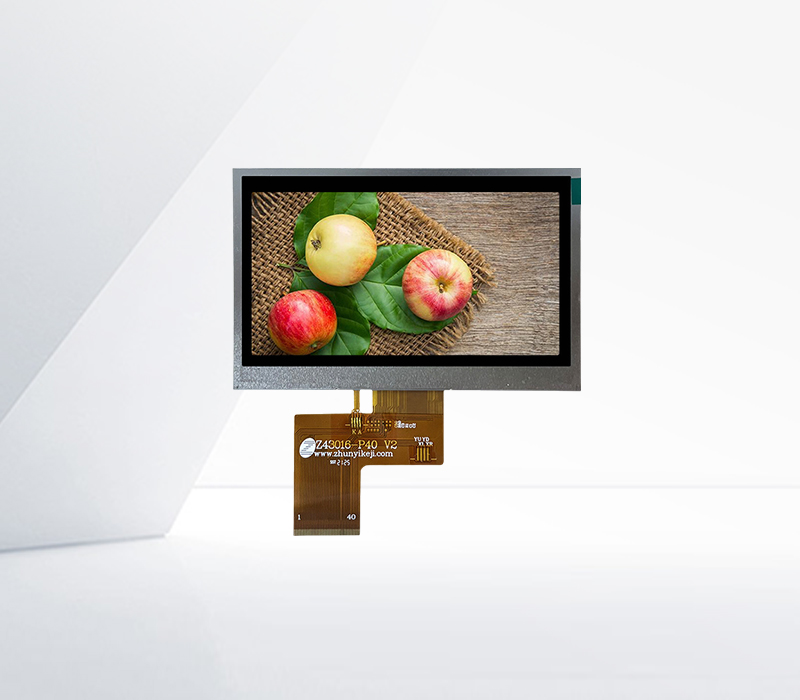




Liquid crystal display connecting cables are essential for establishing the electrical connection between the LCD display and other components, such as the display driver board, video source devices, or power supplies. These cables are responsible for transmitting various types of signals, including video signals, control signals, and power, ensuring the proper operation and functionality of the LCD display.
There are several types of LCD connecting cables, each designed for specific applications and signal requirements. One of the most common types is the HDMI (High - Definition Multimedia Interface) cable. HDMI cables are widely used for transmitting high - definition video and audio signals between devices. They support high - resolution formats, such as 4K and 8K, and can carry multiple channels of audio, providing a seamless and high - quality multimedia experience. HDMI cables use a digital interface, which offers excellent signal integrity, reduced interference, and the ability to transmit signals over relatively long distances without significant loss of quality.
Another commonly used type is the VGA (Video Graphics Array) cable. Although VGA is an older technology compared to HDMI, it is still widely used, especially in some legacy systems and older computers. VGA cables transmit analog video signals and are capable of supporting a wide range of resolutions, although their performance may be limited compared to digital cables in terms of signal clarity and color accuracy.
DisplayPort is also a popular type of LCD connecting cable, especially in high - end and professional applications. It offers high - bandwidth capabilities, supporting very high resolutions and refresh rates, making it suitable for gaming, video editing, and other demanding tasks. DisplayPort cables can also carry audio signals and support features such as multi - monitor setups and high - speed data transfer.
In addition to video - transmitting cables, there are also power - connecting cables for LCD displays. These cables ensure that the display receives the necessary electrical power to operate. Power - connecting cables come in different types and specifications, depending on the power requirements of the LCD display, and they are designed to provide a stable and reliable power supply.
The quality and reliability of LCD connecting cables are crucial for the proper functioning of the display system. Poor - quality cables can cause signal degradation, resulting in issues such as blurry images, color distortion, or even complete loss of signal. Therefore, it is important to choose high - quality connecting cables that meet the required standards and specifications for the specific LCD display and connected devices. Additionally, proper cable management, such as avoiding cable bending, twisting, and over - stretching, can also help to ensure the longevity and performance of the LCD connecting cables.
